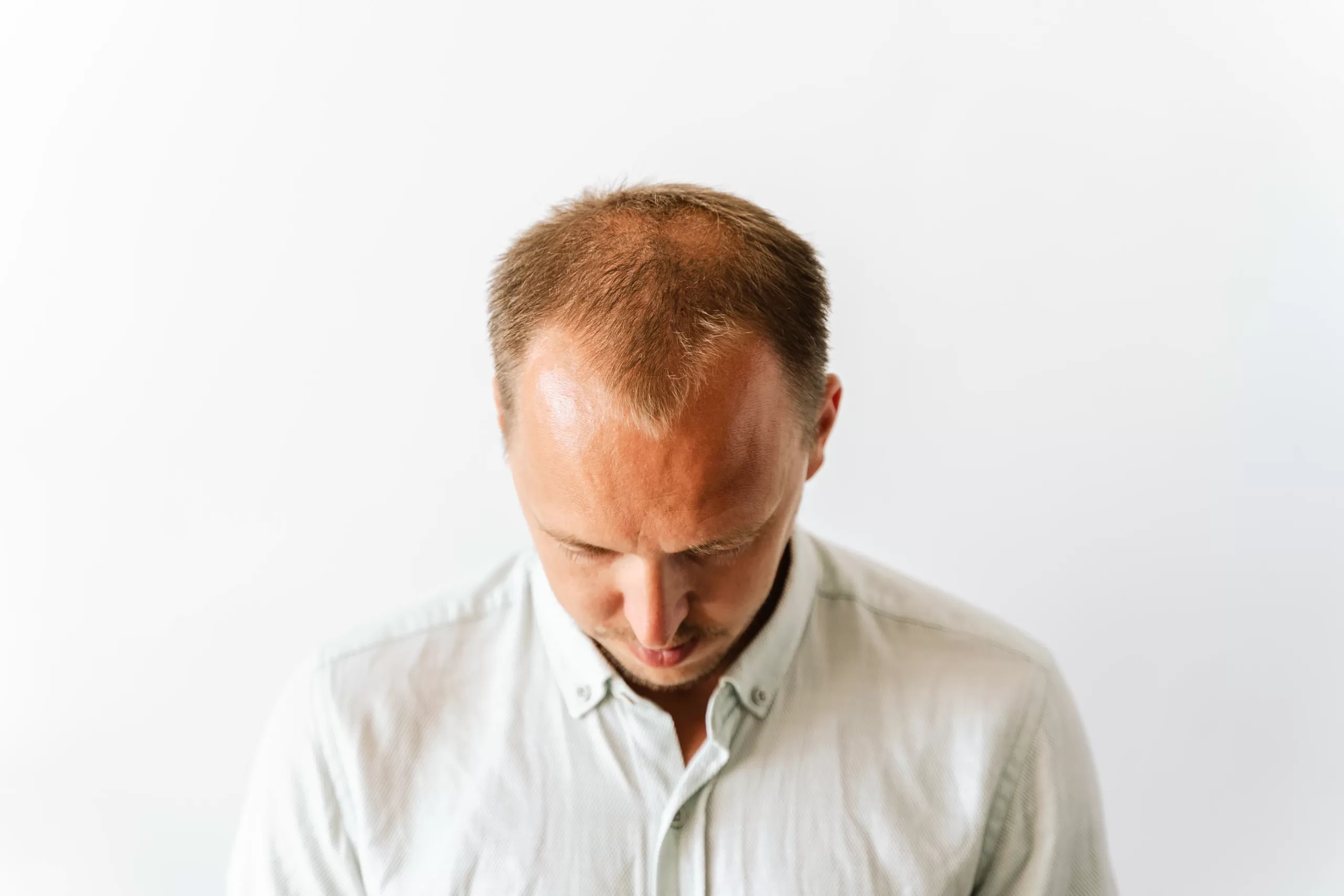Hair transplantation is a surgical process in which healthy scalp hairs are moved from dense areas (the back and sides) onto areas of baldness in your head, often using body or beard hair as donor material.
Prior to surgery, doctors will numb your scalp and create tiny incisions in areas where healthy follicles will be found.
What is a hair transplant?
Hair transplant surgery involves transplanting healthy full-size vigorously growing follicles from one part of your head to bald or thinning areas in another, typically under local anesthesia in a doctor’s office. A section of skin from behind your head serves as the donor area and then stitched shut. Next, they either separate hair follicles with FUE punch incisions (FUT), or use tools to separate individual follicles (FUT).
Implanting these follicles into areas of your scalp that have become bald or thinned takes around six weeks; after which transplanted hair will typically go into its resting phase before gradually growing back out again over a one year period. You may need prescription medicine for pain management during surgery as well as homecare instructions from your physician regarding managing scalp care and any additional home treatments available to you.
How does a hair transplant work?
Hair transplantation works by moving healthy full-size, vigorously growing follicles from one area of the scalp (called the “donor area”) into areas that have lost hair or have thinned, such as those suffering from balding. The number of follicles relocated depends on each person; coarse gray or light-colored hair typically provides greater coverage than fine dark-coloured locks.
Your doctor will inform you about what preparations must be made prior to surgery. In particular, certain medicines will likely need to be stopped prior to going under the knife and antibiotics may also be recommended as part of your plan of care.
At surgery, your medical practitioner will cut small sections of scalp known as grafts which contain healthy hair. These grafts come in different sizes – round punch grafts containing approximately 10-15 hairs; mini grafts that can be inserted into slits in your scalp; and micro grafts inserted into very tiny holes on your scalp.
Your doctor will then transplant grafts onto areas of balding or thinning in which there is little hair growth, such as those associated with scars or birthmarks. Within several months, transplanted follicles should begin growing normally and blending in seamlessly with existing hair follicles.
What are the risks of a hair transplant?
Hair transplantation is generally safe, though some risks do exist. These risks include:
Pain
Hair transplant surgery may cause some mild discomfort due to the small cuts made in your scalp to place healthy hair follicles. However, this should subside once the local anesthetic wears off.
Swelling After having undergone a hair transplant, there may be swelling around the forehead and face that should subside within days on its own.
Hair Thinning Patients receiving hair transplants may experience shock loss immediately following their surgery due to newly emerging follicles not yet being established; this should resolve itself over time as more follicles begin growing back into place.
What are the benefits of a hair transplant?
Hair transplant is one of the best cosmetic surgeries that can give you a natural look with long-term results, while simultaneously increasing confidence and self-esteem. A hair transplant will improve your appearance while improving confidence levels as well as helping you look attractive both socially and in business interactions.
Procedure typically lasts four to eight hours. Your surgeon will clean and numb the area where grafts will go before creating holes with either a scalpel or needle, creating holes or slits for planting follicular units that they then plant manually or robotically.
Your dermatologist may make a flap on your scalp and use tissue expanders filled with saline solution to encourage more cells to form in this section of skin, before cutting and transplanting grafts from it into balding areas for transplant. Once these transplanted grafts have taken hold, you should have full head of natural-looking hair without needing additional treatments or maintenance.
Disclaimer: The content on this blog is intended for general informational purposes only. It is not a substitute for professional medical advice, diagnosis, or treatment. Always consult qualified healthcare providers for personalized advice. Information regarding plastic surgery, dental treatment, hair transplant, and other medical procedures is educational and not a guarantee of results. We do not assume liability for actions taken based on blog content. Medical knowledge evolves; verify information and consult professionals. External links do not imply endorsement. By using this blog, you agree to these terms.





